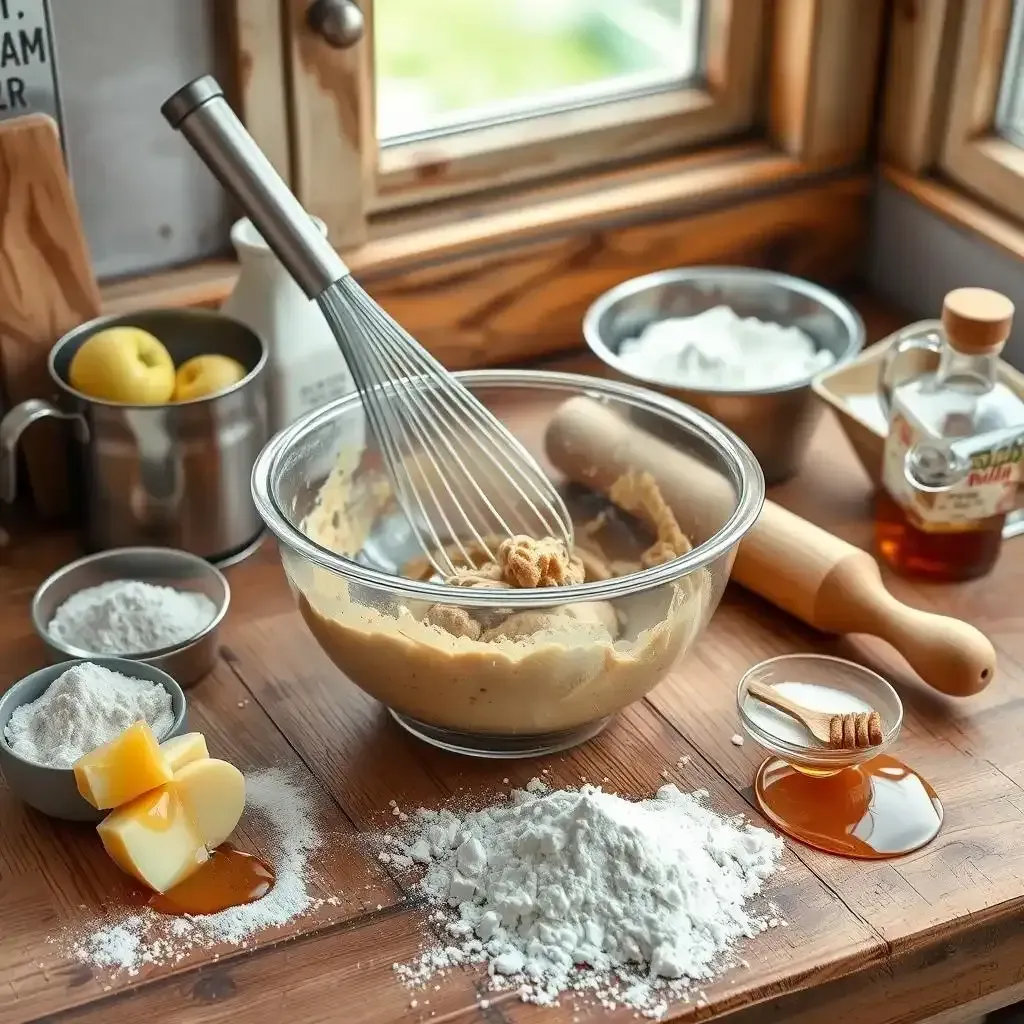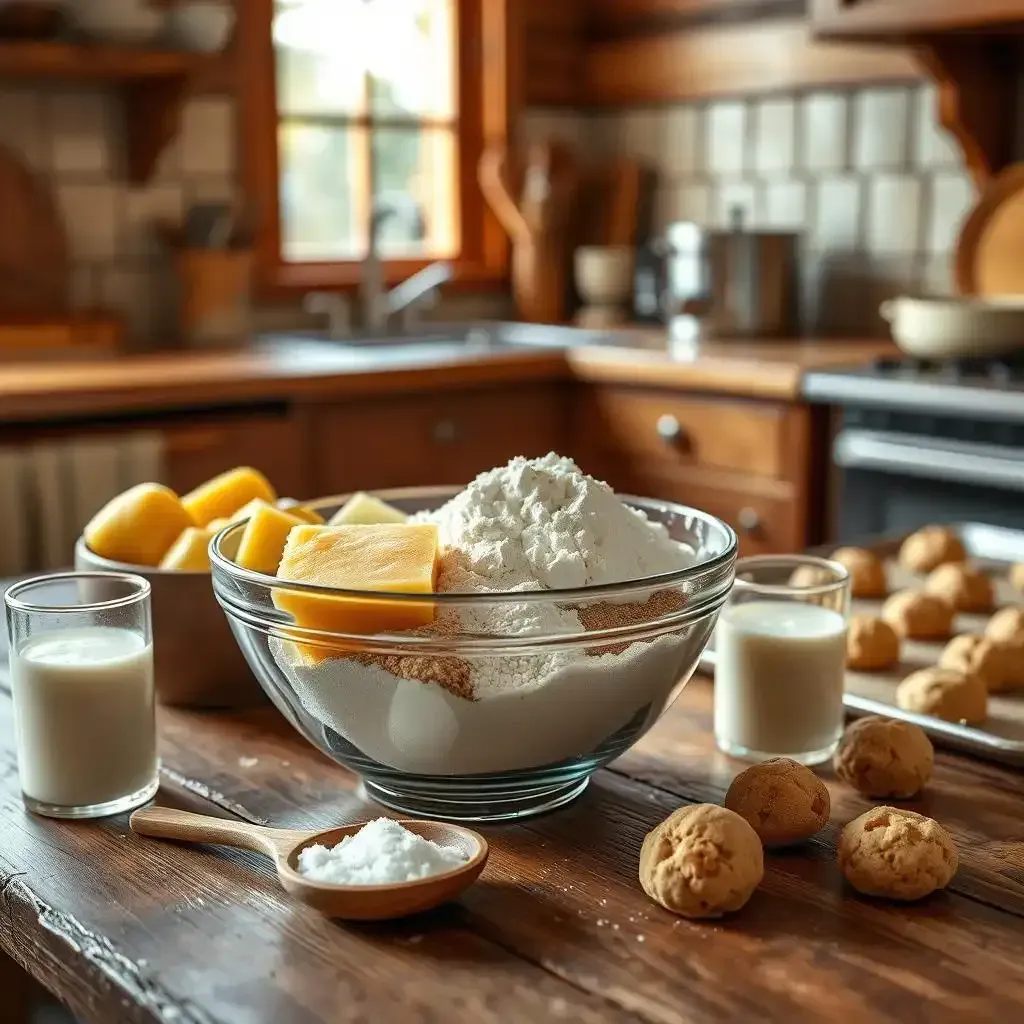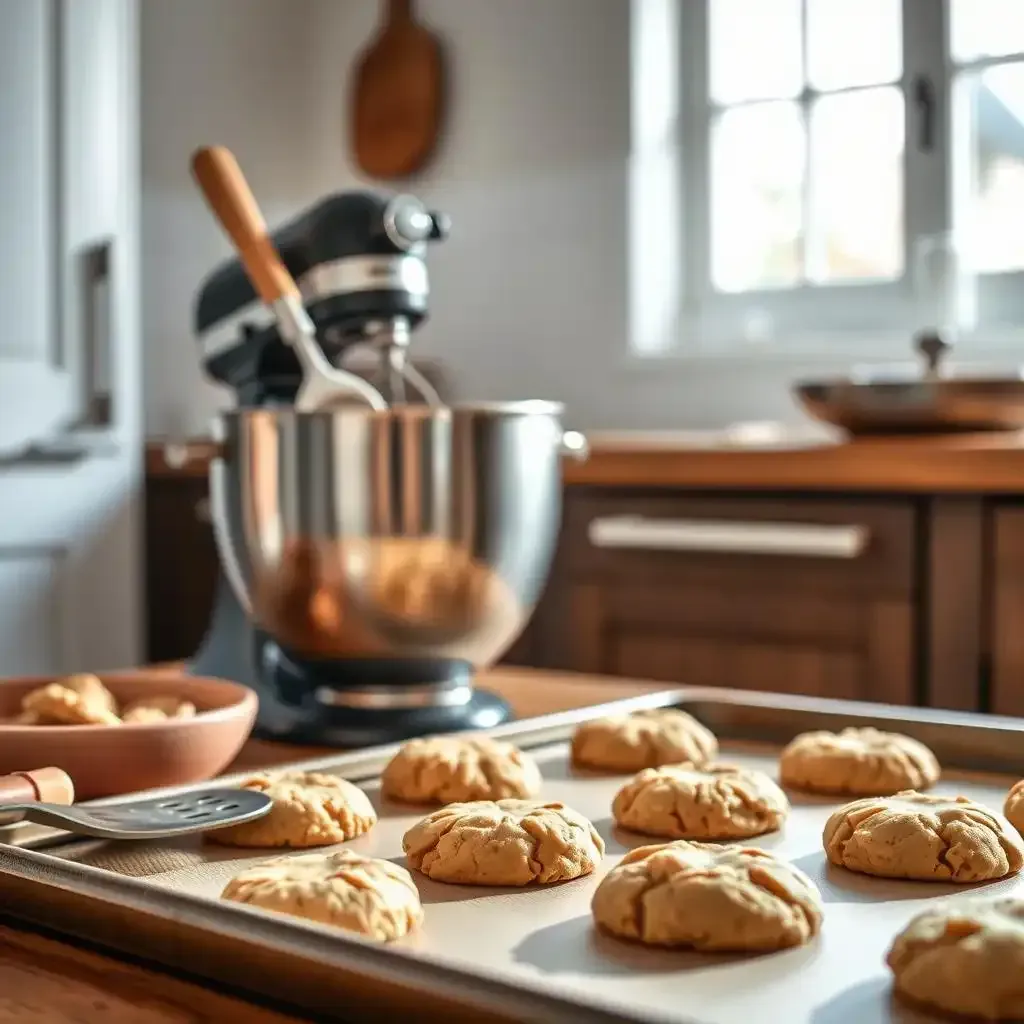Table of Contents
Craving cookies but watching your waistline? Don't despair, cookie lovers! At lowfatsnacks.homes, we believe you can enjoy delicious treats without sacrificing your health goals. This article is your ultimate guide to making low-fat cookie dough. We'll explore simple swaps and clever techniques that will transform your baking experience. Get ready to learn how to make low-fat cookie dough that's both satisfying and surprisingly healthy. You'll learn how to create amazing, low-fat cookie dough that tastes just as good as the full-fat version, maybe even better! We’ll cover everything from choosing the right ingredients to perfecting the baking process, ensuring you achieve perfectly chewy, delightful cookies every single time. Prepare to start on a culinary exploration that satisfies your sweet tooth while keeping you feeling good. Let’s get baking!
Making Delicious LowFat Cookie Dough: Tips and Tricks

Making Delicious Lowfat Cookie Dough Tips And Tricks
Smart Swaps for a Healthier Cookie
Let's be honest, regular cookie dough is loaded with butter and sugar – delicious, but not exactly a health food champion. My secret weapon? I swap out some of the butter for applesauce! It adds moisture and sweetness without all the extra fat. Think of it like this: applesauce is the sneaky ninja of healthy baking, quietly replacing some of the butter's richness, while still keeping the dough perfectly moist and delicious. I also use less sugar than most recipes call for – you'd be surprised how much sweetness you can get away with! I often use a combination of granulated sugar and a touch of maple syrup or honey for a more natural sweetness. It’s a game-changer, trust me.
Ingredient | Full-Fat Version | Low-Fat Swap |
|---|---|---|
Fat | 1 cup (2 sticks) butter | ½ cup (1 stick) butter + ½ cup applesauce |
Sweetener | 1 cup granulated sugar | ¾ cup granulated sugar + 2 tablespoons maple syrup |
Flour Strength: The Importance of Whole Grains
Now, let’s talk about flour. Many recipes use all-purpose flour. While it’s fine, I like to sneak in some whole wheat flour. It adds fiber, which is good for your tummy and keeps you feeling full longer. It’s like adding secret superheroes to your cookie dough – they might not be flashy, but they do the important work! Don't go overboard though; a little whole wheat goes a long way. Start with a mix of half all-purpose and half whole wheat. If you want to go even healthier, you can try oat flour or almond flour. But remember, these alternatives can change the texture, so start small and experiment!
- Use ½ cup whole wheat flour for every 1 cup of all-purpose flour
- Gradually increase the amount of whole wheat flour to your liking
- Experiment with oat flour or almond flour for unique textures
Baking Brilliance: The Perfect Cookie
Baking low-fat cookies is a little different from baking regular cookies. Because you're using less fat, the dough might be a bit more fragile. You need to treat it gently! Don’t overmix the dough; just combine the ingredients until they’re just mixed. Overmixing develops gluten, which can make your cookies tough. Also, don’t bake them too long. Slightly underbaked cookies are often chewier and more delicious, and remember to let them cool completely on the baking sheet before transferring them to a wire rack. This prevents them from sticking and becoming deformed.
LowFat Cookie Dough Recipes: Healthy and Tasty Options

Lowfat Cookie Dough Recipes Healthy And Tasty Options
Okay, so you wanna make low-fat cookie dough? Fantastic! I've been experimenting with this for ages – it's like a delicious science experiment! The key is finding substitutes that don't sacrifice taste. Think of it like this: you're a master chef, not just following a recipe, but *creating* something amazing. You're building flavor, not just adding ingredients. My go-to recipe uses applesauce instead of a whole bunch of butter. It's a sneaky way to add moisture and sweetness without the extra fat. Seriously, nobody ever guesses it's low-fat!
Ingredient | Low-Fat Amount | Flavor Notes |
|---|---|---|
Applesauce | 1/2 cup | Adds moisture and natural sweetness |
Butter | 1/4 cup | Provides texture and richness |
Sugar (Granulated/Brown) | 3/4 cup total | Adjust to your sweetness preference |
Another trick I love is using whole wheat flour. It's like adding tiny secret superheroes to your dough – they boost the fiber and give you that satisfied feeling without the guilt. I usually mix it half-and-half with all-purpose flour. You can even get creative and use oat flour or almond flour. But be warned, different flours give different textures, so experiment! Start with a small amount and see what works best for you.
- Oat flour gives a chewier cookie.
- Almond flour makes a denser cookie.
- A mix of flours often provides the best texture.
Let's talk about chocolate chips. I'm a huge fan of dark chocolate chips. They're richer in antioxidants and have a more intense flavor than milk chocolate. A little goes a long way, and it satisfies that chocolate craving without adding tons of extra sugar and fat. Plus, dark chocolate is fancy, right? It elevates the whole cookie experience.
Finally, remember to chill your dough before baking! It helps the cookies hold their shape better. It's like giving your cookies a capability nap before they hit the oven – they'll come out looking fantastic! Plus, it's a great excuse to avoid the temptation of eating the dough raw (though I won't judge if you sneak a tiny bite!).
Don't be afraid to experiment! Baking is all about having fun and creating delicious treats. Try different combinations of ingredients to find what you like best. You’ll become a low-fat cookie dough master in no time!
Mastering the Art of LowFat Cookie Dough: Baking Success

Mastering The Art Of Lowfat Cookie Dough Baking Success
The Right Tools for the Job
Baking low-fat cookies is like building a really cool Lego castle – you need the right pieces! First, get yourself a good quality mixing bowl. I prefer stainless steel; it's easy to clean and doesn't react with the ingredients. A sturdy spatula is your best friend; it's perfect for gently folding in those chocolate chips (or whatever yummy add-ins you're using). And don't forget your trusty measuring cups and spoons; accuracy is key when it comes to baking. Measuring incorrectly is like building a wobbly Lego tower – it's not going to last! You'll also want baking sheets; I like nonstick ones to make cleanup a breeze.
Tool | Why It's Important |
|---|---|
Mixing Bowl (Stainless Steel) | Easy to clean, doesn't react with ingredients |
Spatula | Gentle folding, prevents overmixing |
Measuring Cups & Spoons | Accurate measurements for consistent results |
Baking Sheets (Nonstick) | Easy cleanup, prevents sticking |
Temperature Control: The Goldilocks Zone
Baking low-fat cookies is a bit like finding the perfect temperature in a swimming pool – not too hot, not too cold, just right! Preheat your oven to the temperature specified in your recipe. Using an oven thermometer is a smart move. It's like having a tiny, trustworthy temperature-checking robot in your kitchen! Many ovens aren't perfectly calibrated, so an oven thermometer ensures your oven is at the correct temperature. Once your cookies are in the oven, don't open the door too often. Every time you open it, you're letting precious heat escape. That's like letting all the warm water out of your pool – it cools down too quickly! Let the cookies bake undisturbed until they’re golden brown around the edges.
- Preheat oven to the correct temperature
- Use an oven thermometer for accuracy
- Avoid opening the oven door frequently
- Bake until golden brown
Cooling Down: The Patience Game
The final step is letting your cookies cool. It's tempting to grab a warm, gooey cookie right out of the oven, but resist! Letting them cool completely on the baking sheet for a few minutes before transferring them to a wire rack is crucial. This prevents them from sticking and becoming deformed. Think of it like this: your cookies are still a little fragile like wet clay. Rushing the cooling process is like trying to play with wet clay – it's messy and doesn't turn out well! Let them cool completely, and then enjoy your delicious, low-fat cookie masterpiece! You've earned it.
Final Thought
Making low-fat cookie dough doesn't have to be a challenge. With a little creativity and these helpful tips, you can enjoy delicious, guilt-free cookies. Remember, small changes in your ingredients can make a big difference in the overall healthiness of your treats. Experiment with different flavors and techniques to find your perfect low-fat cookie dough recipe. Happy baking!